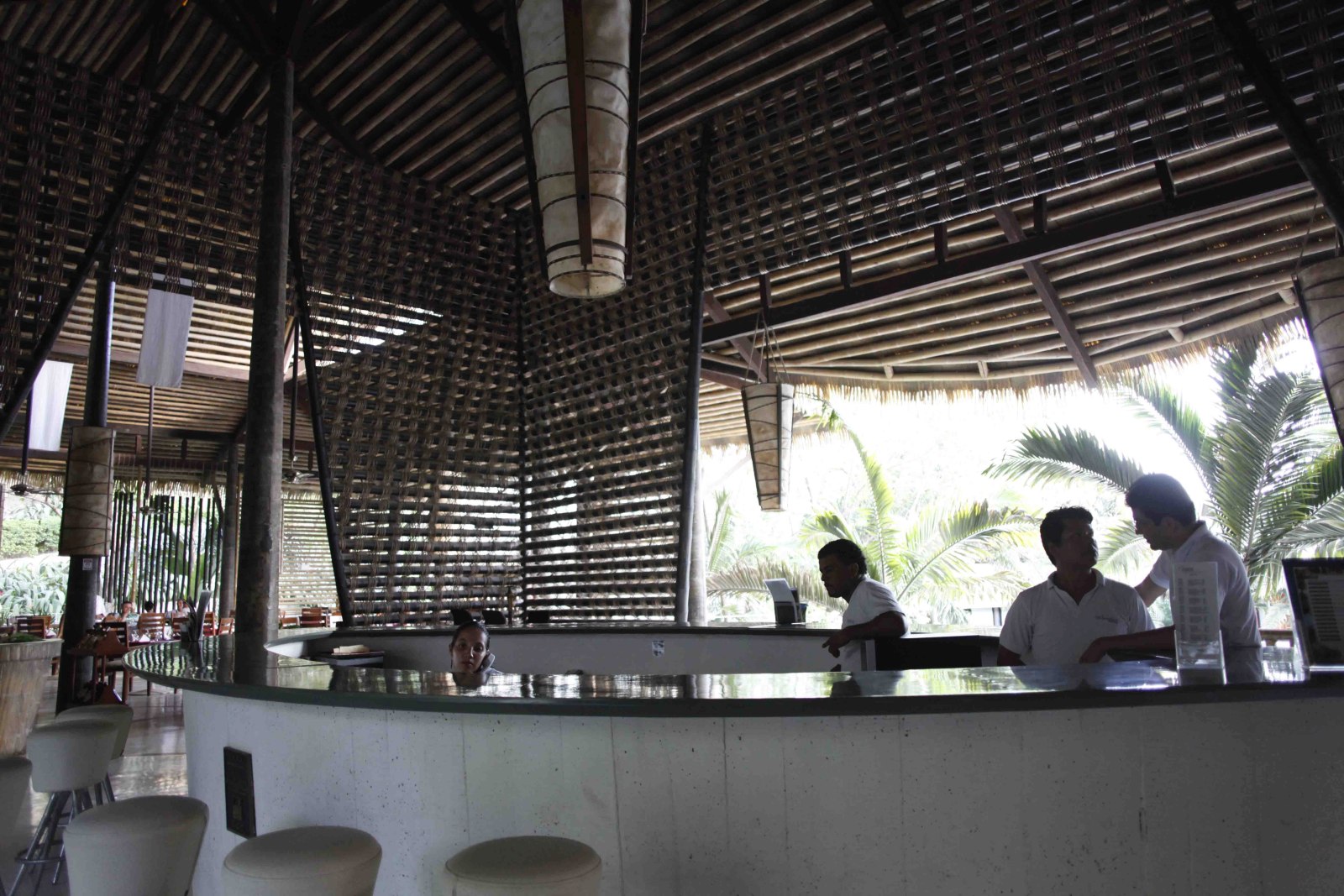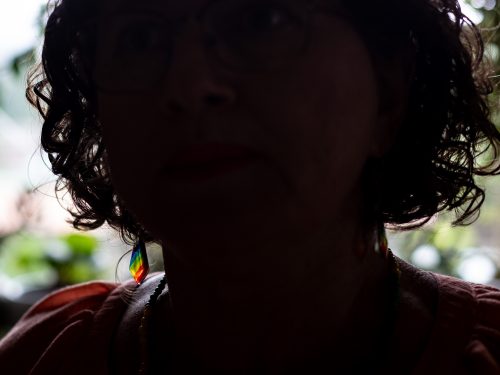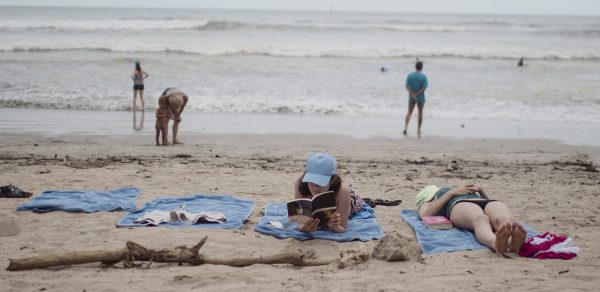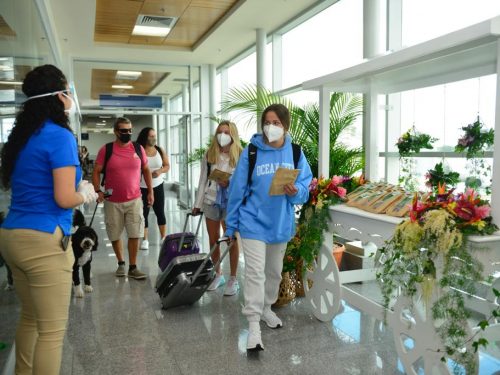
In a recent survey conducted by VON including19 local hotels, results show that tourists arriving are willing to pay more money for nicer hotel rooms. A study conducted by the Costa Rican Chamber of Hotels (CCH- Cámara Costarricense de Hoteles) confirms VON’s survey by indicating that 4 and 5 stars hotels reported the highest levels of occupancy. VON’s survey included eight hotels from Nosara, nine from Samara and two from Carrillo Beach (see accompanying data table).
Compared to previous years, about half of those surveyed said this year was good or better and about 25% said it was similar to last year. Four respondents said it was a worse year. Despite challenges faced due to the global economy, rising expenses and the earthquake of September 2012, most hotels surveyed reported a positive or hopeful outlook for the future, with only three expressing uncertainty.
The Costa Rican Institute of Tourism (ICT) announced 2012 was a record-breaking year for Costa Rica, with the country receiving over 2.34 million visitors, a 6.9% increase from 2011. And data from the CCH revealed that the hotels of Guanacaste reported higher occupancy levels than the rest of the country, with 59% average in 2012 compared to 54.1% nationally. Breaking down the results by the price of the hotel room, it seems that lower prices don’t necessarily mean more guests. In fact in VON’s survey, the hotels reporting the highest occupancy rate of 73% were those with rooms ranging in price from $129 to $160 per nightfor double occupancy, and the most expensive luxury hotels (more than $200 per night) reported an average occupancy of 68%. By contrast hotels with rates of $60 or less reported an average occupancy of 64%.
Similarly, the national survey of 90 hotels conducted by the CCH showed that more tourists seek luxury, as 4 and 5 star hotels reported the highest levels of occupancy during 2012 (58.4 and 57.1% respectively). By contrast, the more economical two star hotels reported an average occupancy of 44.7%. At the same time that the tendency is toward higher end hotels, VON’s survey also found that mid-range and budget hotels reported that guests are even more budget conscious four years after the advent of the economic crisis in 2009.
Hotel owners in Carrillo and Samara reported that this year people stopped asking if the hotel has a swimming pool when making reservations, guests now tend to buy food at the grocery store more often and eat in the hotel restaurant less, and they complain more frequently about the price of food, tours and transportation.
Looking to the Future
Tourists aren’t the only ones that have to be cost conscious, as hotel owners face rising costs for utilities, repairs and renovations. Attilio Cecchetelli, owner of Hotel Samara Beach, said his electricity bill has increased by 10% and noted that this year the hotel doesn’t have the financial reserves for improvements that it had in previous years. Similarly, most of the hotels reported a profit during high season but noted that those profits have to carry them through low season so that overall they are breaking even. Only two hotels surveyed reported a financial loss this year.
The hotel most affected was Hotel Villas Playa Samara, which reported losses this year since the hotel suffered structural damages in the September 2012 earthquake and had to shut down for three months for repairs. However, the hotel owner, Philippe Brisson, expressed hope for the future of local tourism. “I imagine it will recover and return to previous numbers. It’s a momentary effect,” he said.
Although the Municipal Council decided to officially reprimand seismologist Marino Protti Quesada in February for supposedly affecting tourism with his reports about the accumulated energy remaining after the earthquake, the vast majority of hotels surveyed said they do not think the earthquake affected tourism at all. Only five reported that it did affect their business. Daniela Jimenez Castillo of Samara Inn Hotel said that national tourism dropped about 50% in December and January, when it is usually the strongest.
On the other hand, international tourism increased, thus compensating for the loss in national tourism. Still, she pointed out that Europe is unstable economically and expressed concern about how that might affect tourism in the coming year. Overall, the hotels surveyed employee 242 people. With so many jobs on the line, it’s a good thing that most hotels reported a positive outlook for the future.
“We have several groups [scheduled] and we hope that with this it goes well for us during low season,” said Marianela Gonzalez Salazar, head of reservations for Hotel Guanamar in Carrillo. Others expressed the need for strategy to continue to attract tourists to the area. For example, Yolanda Bosch Anduig, manager of Sol y Mar in Samara, suggested, “We have to work together to organize events such as concerts to attract people and promote family tourism.” Randall Cortes, manager of L’acqua Viva, noted that the international economy is improving but remarked on the lack of support from the chamber of tourism in Nosara. “What is needed is to unite to project ourselves as a tourist destination [like Monteverde or Quepos],” he concluded.
Who is Coming and How?
- 2,343,213 foreigners arrived in Costa Rica in 2012, compared to 2,089,127 in 2008 before the economic crisis, 1,922,579 in 2009 after the crisis and 2,192,059 in 2011.
- 66.26% of tourists (1.55 million) entered Costa Rica by air in 2012
- Of these, 864,340 visitors were from the United States, 226,000 from Europe, 136.261 from Canada, 120,000 from South America, 95,000 from Central America, and 61,921 from Mexico.
- Visitors from Mexico increased by 27.5% from the previous year, which coincides with new flights from Aeromexico, Avianca and Interjet.
- In April of 2013, ICT participated for the first time in the Beijing tourism fair, hoping to attract the fastest growing market of tourists. The number of Chinese visiting other countries increased from 10 million in 2000 to 83 million last year.
- In 2012, tourism generated more than 2.2 billion dollars in income for Costa Rica. The second highest year for income was 2008, at 2.17 billion dollars. That figure dropped to 1.8 billion in 2009.
- The number of lodging options available in Costa Rica has also increased. In 2012, 45,531 rooms were registered, an increase of 4.2 percent over 2011. Of these, the greatest concentration of accommodations is in Guanacaste, with 11,073 rooms available.
- The industry employs over 500,000 people, both directly and indirectly.
* Based on data from the Costa Rican Tourism Institute (ICT) Hotel Survey Results Average By Town Employees Rooms Rate Occupancy Nosara 121 116 $114 64% Samara 97 156 $89 63% Carrillo 24 47 $105 71.25% TOTAL 242 319 $101 68%







Comments